Navigation has been the cornerstone of maritime exploration and trade for centuries. From the days of celestial navigation to the era of Electronic Chart Display and Information Systems (ECDIS), the methods used to guide ships have evolved dramatically. While modern technology offers unprecedented accuracy and efficiency, traditional navigation methods still hold value, particularly in situations where technology may fail or when a deep understanding of the maritime environment is needed.
Traditional Navigation Methods
For much of history, mariners relied on the stars, sun, and moon for navigation. Celestial navigation was a skill that required knowledge of the night sky and the ability to use instruments like the sextant. Mariners calculated their position by measuring the angle between a celestial body and the horizon, a method that required clear skies and considerable expertise. This technique was instrumental during the Age of Exploration when explorers like Christopher Columbus and Ferdinand Magellan navigated vast, uncharted waters.
In addition to celestial navigation, mariners used dead reckoning, a method that estimates a ship's current position based on its last known position, speed, and course. While this method is less precise than celestial navigation, it was often used in conjunction with it, especially when visibility of celestial bodies was poor. The combination of dead reckoning and celestial navigation enabled ships to cross oceans with a reasonable degree of accuracy, though it was not without risks. The lack of precise positioning often led to shipwrecks and navigational errors, as seen in the case of the Spanish Armada in 1588, where poor navigation contributed to the fleet's destruction.
Another traditional method, coastal navigation, involved using visible landmarks and nautical charts to navigate close to shore. Mariners would identify landmarks such as lighthouses, cliffs, and other prominent features to determine their location. This method was particularly effective in coastal waters where landmarks were abundant and well-documented on charts. However, the accuracy of coastal navigation depended heavily on the quality of the charts and the mariner’s ability to recognize and interpret the landmarks.
Modern Navigation Methods
The advent of modern technology has transformed maritime navigation, offering tools that are far more precise and reliable than traditional methods. Global Positioning System (GPS) is one of the most significant advancements in modern navigation. GPS provides real-time positioning with an accuracy of within a few meters, regardless of weather conditions or time of day. Unlike celestial navigation, which required clear skies, GPS can operate in all conditions, making it a vital tool for mariners. The development of GPS was a game-changer during the Gulf War in the early 1990s, where its precision and reliability were critical for naval operations.
Another significant development is ECDIS, which integrates various navigational tools into a single system. ECDIS allows mariners to view electronic charts overlaid with real-time data from GPS, radar, AIS, and other sensors. This integration not only provides precise positioning but also enhances situational awareness by displaying potential hazards, other vessels, and environmental conditions. The implementation of ECDIS became mandatory for many ships following the 2012 amendments to the International Convention for the Safety of Life at Sea (SOLAS). Professional mariners have praised ECDIS for reducing the cognitive load on bridge officers by automating many tasks that were previously done manually.
Radar has also become an indispensable tool in modern navigation, particularly in poor visibility conditions. Radar allows mariners to detect objects such as ships, buoys, and landmasses, even in fog or darkness. During World War II, radar played a crucial role in naval battles, enabling ships to locate and engage enemy vessels despite limited visibility. Today, radar is often used in conjunction with other systems, such as ECDIS, to provide a comprehensive view of the maritime environment.
The Intersection of Traditional and Modern Methods
Despite the advantages of modern navigation systems, traditional methods still play a critical role, especially as a backup in case of technology failure. For instance, during a 2003 solar storm, GPS signals were temporarily disrupted, forcing some ships to rely on dead reckoning and celestial navigation until the signals were restored. This incident underscored the importance of maintaining proficiency in traditional methods, even in the age of advanced technology.
Moreover, traditional navigation methods can provide a deeper understanding of the maritime environment. Many seasoned mariners argue that while technology can provide data, it is the interpretation and experience gained from traditional methods that enable better decision-making. The 2019 collision between two vessels in Singapore's busy port waters highlighted this point. Despite having modern navigational aids, the crew’s lack of situational awareness and over-reliance on technology were cited as contributing factors in the accident. In contrast, traditional methods, which require a more hands-on approach, often encourage greater attention to the environment and potential hazards.
Conclusion
The evolution from traditional to modern navigation methods represents a significant leap in maritime safety and efficiency. However, the value of traditional techniques remains, particularly as a backup and for cultivating a deep understanding of the maritime environment. The best approach for modern mariners is to blend the precision and convenience of technology with the foundational skills of traditional navigation, ensuring that they are prepared for any situation at sea.















